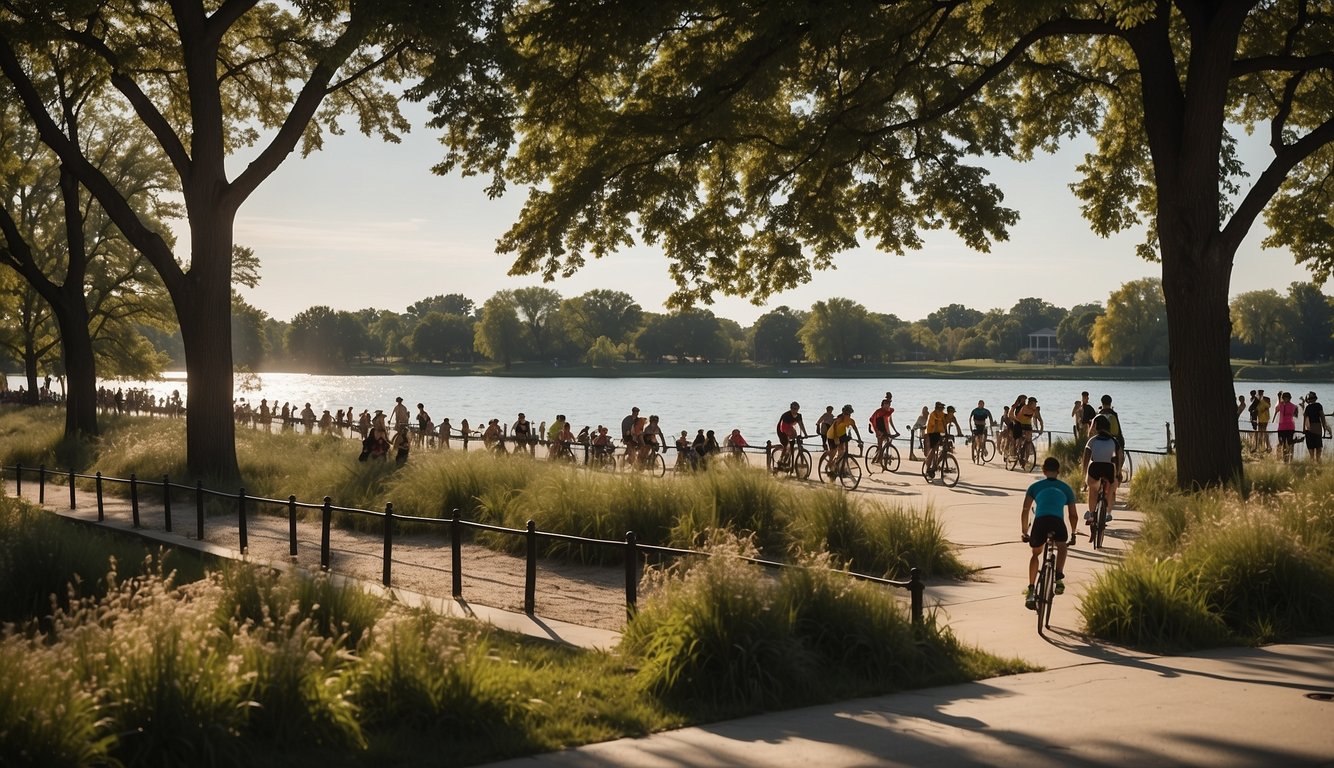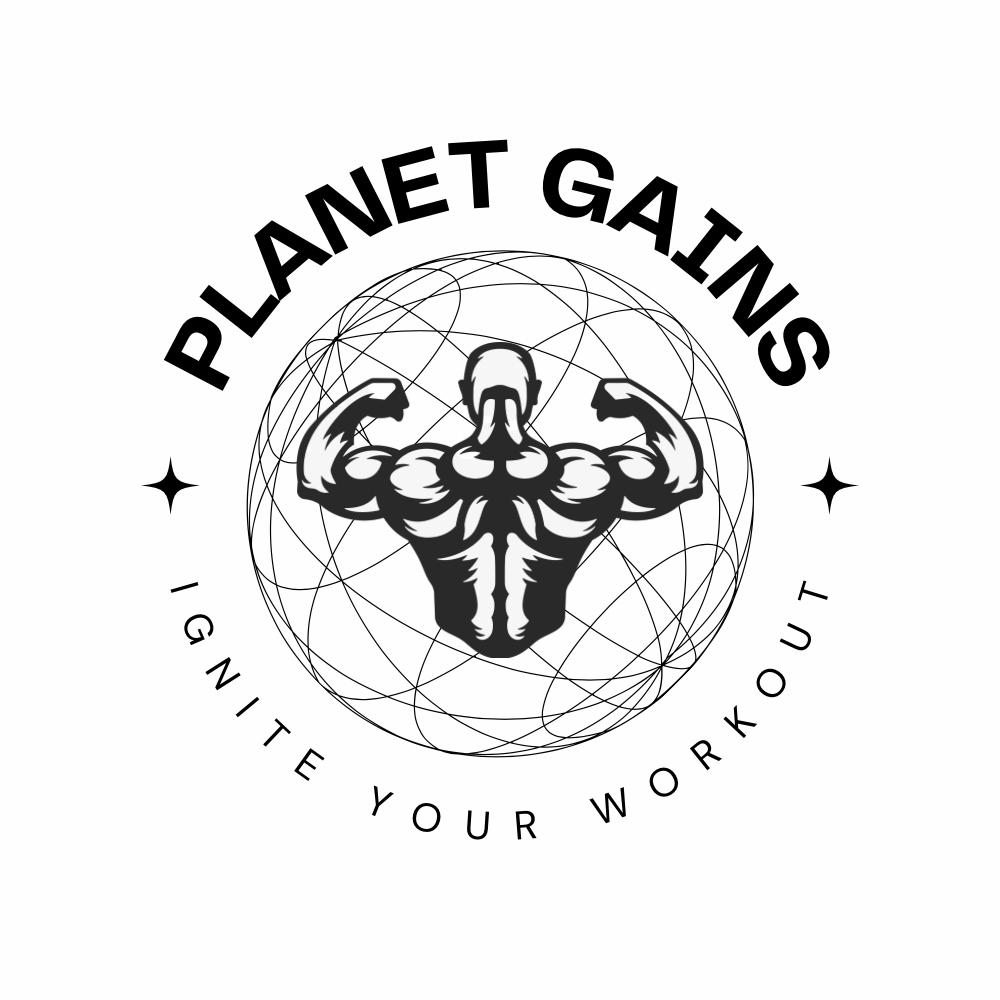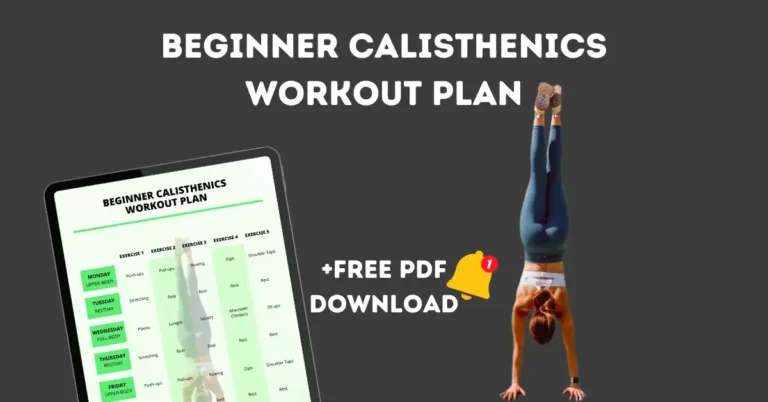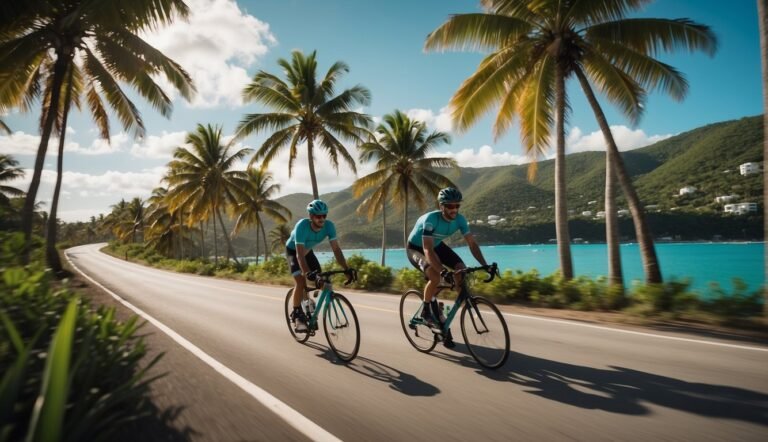📦 FREE Shipping
Olympic Triathlon Training Plan 2024: Your Free PDF to Glory

An Olympic triathlon is a multisport race that is nothing short of an exhilarating challenge, combining swimming, cycling, and running. Preparing for one requires a meticulous training plan to ensure peak performance across all three disciplines. I’ve discovered that a standard Olympic triathlon training plan typically spans 16 weeks, designed to build endurance, speed, and power while allowing for essential recovery time.

In my quest for triathlon glory, I was excited to find that these training plans often integrate different phases, including a base phase, build phase, and peak phase—with each phase focusing on increasing distances and improving technique. Recovery weeks are integrated strategically to prevent overtraining and injury. I learned that such a structured approach not only builds my fitness progressively but also primes me for peak race-day performance.
Crafting my training journey, I uncovered the importance of customizing the program to fit my experience level and fitness. Whether I’m a seasoned athlete or a beginner, the key to a successful race is a well-tailored plan. With options ranging from conservative to more intensive sessions, there is a clear roadmap for every type of triathlete aiming to conquer the 1500-meter swim, 40-kilometer bike ride, and 10-kilometer run that define the Olympic triathlon.
Essentials of Olympic Triathlon Training Plan
Embarking on an Olympic triathlon journey, I recognize it tests more than just my will; it’s a trifecta of disciplines each demanding respect. Precision in my training is crucial.
Swimming Fundamentals
In my pool sessions, warm up is key; I start with a few easy laps to get blood flowing. Drills come next; focusing on form and technique, such as the catch phase of my stroke and refining my kick. My main set could be a ladder drill: increasing distance per interval, paired with a pull buoy to isolate upper body strength. I always aim for the 1500-meter swim with steady effort, ensuring my endurance and speed are in harmony. Cool down follows with easy effort to relax my muscles.
Cycling Techniques
Once I jump on my bike, setting a proper cadence becomes my holy grail. I spend time doing cycling workouts with a variation of high power intervals and longer, steadier sessions to build robustness. Technique drills may involve a steady ride or focused high-intensity bursts. I always integrate a warm-up and cool-down to keep my muscles tuned and primed. It’s essential to find my optimal bike fit for efficiency and to prevent injuries.
Running Dynamics
My running regime is a mixture of pace work and tempo runs designed to boost my race pace capability over a 10-km run. Running drills emphasize form; engaging my core, optimizing my stride length, and refining foot strike. For cadence, I aim for quick, light steps to conserve energy. Transition runs feature heavily; hopping off the bike and into a run to simulate race conditions. I always include a proper warm-up and a cool-down to aid in recovery and maintain flexibility.
Structured Training Approach

When embarking on my Olympic triathlon training, I’ve realized how crucial a structured training approach is to boost performance and ensure progression. This process involves meticulous planning around building endurance and incorporating the right mix of intensity and recovery into my regimen.
Building Endurance
I focus on gradually increasing my training volume to enhance my aerobic capacity, vital for an endurance event like the triathlon. Consistency is key, so I map out my sessions to evenly distribute swimming, cycling, and running throughout the week. A common structure might look like this:
- Monday: Swim (Aerobic focus)
- Tuesday: Bike (Tempo pace)
- Wednesday: Run (Long distance)
- Thursday: Strength training and swim (Technique work)
- Friday: Rest or active recovery
- Saturday: Bike (Long distance)
- Sunday: Run (High-intensity work)
I ensure that each week has a manageable increase in total distance or time to prevent burnout and aid in recovery.
Intensity and Recovery
Striking a balance between high-intensity training and adequate recovery is vital for my performance gains. I integrate sessions focused on different training zones to stimulate different physiological responses:
- Zone 1 (Recovery): Easy effort, used for active recovery days
- Zone 2 (Aerobic): Steady effort, forming the bulk of training
- Zone 3 (Tempo): Moderately hard, improving sustainable speed
- Zone 4 (Threshold): Hard effort, increasing lactate threshold
- Zone 5 (VO2 Max): Very hard, for peak aerobic capacity
Crucially, I don’t overlook the power of rest days and recovery sessions, which allow my muscles to repair and grow stronger. The final component is the taper week before the race, where I reduce volume to arrive at the starting line fresh and ready.
Advanced Techniques and Strategies
In my quest for peak performance in an Olympic-distance triathlon, I focus keenly on advanced techniques and strategies that separate seasoned triathletes from beginners. Integrating power metrics, race simulations, and refined transitions has raised my game significantly.
Transition Mastery
I’ve discovered that mastering transitions is essential for shaving critical seconds off my race time. To optimize transitions between swimming, cycling, and running, I engage in frequent brick workouts. These are key to building muscle memory. My typical brick workout consists of a swim followed immediately by a transition to a bike ride or a bike ride followed by a transition run, practicing swift changes with pinpoint accuracy. A well-prepared transition area with essentials laid out in order ensures I can maintain a clear mind and quick execution during the race.
Race Simulation and Performance
When it comes to simulating race conditions, I prioritize race-pace training. I often set aside days where my workout mirrors the race from start to finish, blending swimming, cycling, and running at my projected race pace. This is not just about physical conditioning but also about mental preparation, to help me understand my perceived exertion and power output throughout the race. By incorporating race simulation into my training regimen, I enable my body to adapt to the unique demands of the Olympic-distance triathlon and maintain max effort when it counts the most.
Supporting Your Training
When I approach Olympic triathlon training, I make sure to prioritize nutrition, hydration, and injury prevention. These elements are essential to help maximize my performance and recovery.
Nutrition and Hydration
I start every day with a balanced meal plan that fuels my body for the challenges ahead. Consuming a mix of carbohydrates, proteins, and fats keeps my energy levels consistent during intense training sessions.
- Carbohydrates: I opt for complex carbs like whole grains and vegetables to provide sustained energy.
- Proteins: Lean meats, fish, and legumes help repair and build muscle tissue.
- Fats: I include healthy fats such as avocados and nuts for overall health and to support energy levels.
Hydration is no afterthought; I aim for at least 2-3 liters of water daily, plus electrolyte-rich sports drinks during longer workouts to replace the salts I lose through sweat.
Avoiding Injuries and Overtraining
My routine includes strength and conditioning workouts twice a week to build the muscular resilience needed by us endurance athletes. Here’s a glimpse:
- Upper Body: Push-ups, pull-ups, and free weights to improve swim strokes.
- Lower Body: Squats and lunges to boost my cycling and running power.
- Core Stability: Planks and pilates for overall balance and efficiency.
To avoid overtraining, I listen to my body and watch for signs like persistently elevated resting heart rate or excessive fatigue. Regular rest days and sleep are crucial, and I never underestimate the power of active recovery—like light swimming or yoga—to keep me in top shape without overdoing it.
My advice for beginner triathletes is to start slow and increase volume and intensity gradually. For beginners to intermediate levels, there are many training plans available, including PDFs optimized for diverse training needs, which can be accessed on various ios devices and apps like Outside+ for structured guidance.
Frequently Asked Questions about Olympic Triathlon Training Plan
I’m here to tackle some of the most common questions about Olympic triathlon training plans, ensuring you’re armed with the details you need to succeed.
What’s the ideal duration for an Olympic triathlon training program?
The best length for an Olympic triathlon training plan typically spans 12 to 16 weeks. This allows enough time to build endurance and speed without overtraining.
How can beginners effectively prepare for an Olympic triathlon?
As a beginner, I’d focus on a 16-week training plan that progressively builds endurance in swimming, cycling, and running. Rest days and recovery weeks are essential to help the body adapt.
What are some advanced training strategies for Olympic triathlon athletes?
For seasoned athletes, incorporating intervals, hill workouts, and open-water swims can enhance performance. Advanced plans also include race pace and brick workouts to mimic race conditions.
Can you break down a typical week in an Olympic triathlon training schedule?
A standard week might include 2 swim sessions, 2 cycles, 2 runs, and a brick workout comprising a bike-run session. One day of rest is equally important to let my body recover.
What are the key components of a successful Olympic triathlon training plan?
Success hinges on balanced training across all three disciplines, adequate nutrition, and recovery. I also emphasize the importance of technique work and transition practice in my plan.
How do personal goals affect your Olympic triathlon training strategy?
My goals dictate my training intensity and volume. If my aim is to simply finish, I’ll focus more on building endurance. However, for a personal best, I’ll integrate more high-intensity sessions into my routine.
Do you like the Olympic Triathlon Training Plan? Let me know in the comments. Don’t forget to read about Triathlon Bike Shoes and What is a good time for a sprint Triathlon.





